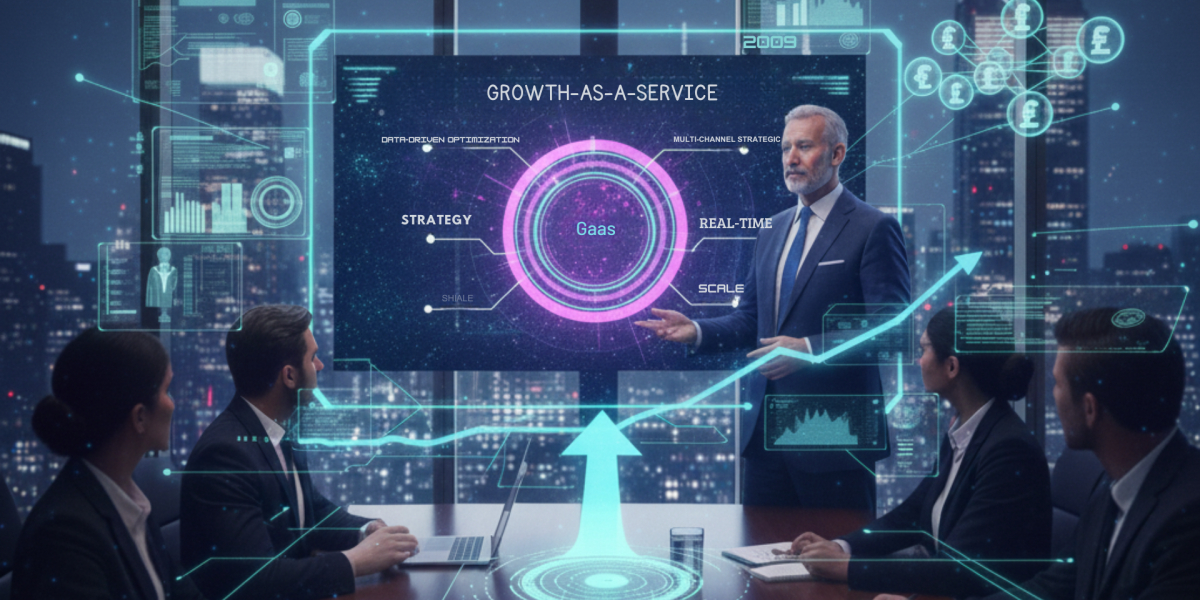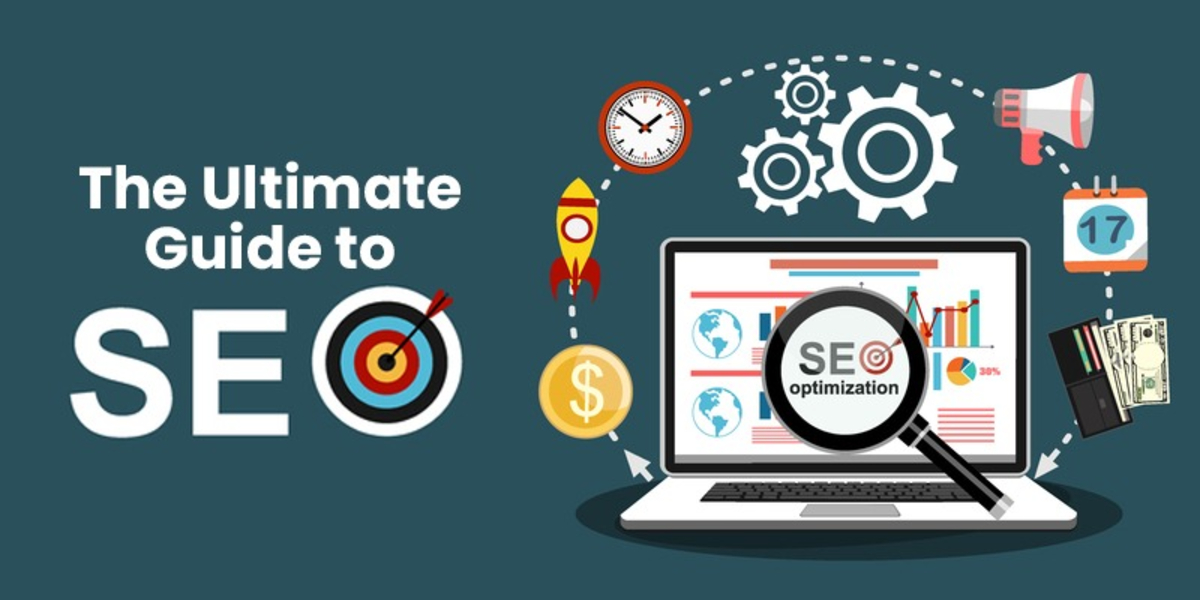Software Development Life Cycle Models: What All to Know?
Software | 11-01-2024 | Katherine Smith

Even though a lot of us have heard about the software development life cycle (SDLC) as a process through which software system development, modification, maintenance, and replacement are done. But what does it comprise? What are the phases? What are all the software development life cycle models? Find out everything in this article to establish the top-tier software for your business.
The software development life cycle models resemble creating first-class programming. It is an examined process that directs each step from plan to testing. Consider it the GPS for making programming, separating the excursion into sensible advances. As a result, the aim of SDLC in programming is to guarantee each phase of the development. SDLC models take care of everything from requirement analysis to deployment.
Hence, in this blog today, we will explain what SDLC entails and how it works, dive deeper into each of the phases, and provide you with more details to get a better understanding of each phase.
What is the software development life cycle (SDLC)?
The software development life cycle is an established and systematic approach. It's used to plan, design, expand, check, and install software program applications. In addition, it encompasses a chain of well-described stages and software development life cycle models that direct the whole software program. Here are some benefits of software development life cycle (SDLC) in general:
- Promising development process visibility.
- More reasonable estimates, better planning, and scheduling.
- Sounder management of risk and costs.
- Clarity of thoughts among team members.
- Contributes to minimizing risks through development.
With these being some of the best benefits of SDLC, let us find out why it is so important for businesses.
Why is the software development life cycle so significant?
The software development life cycle models serve as the guiding compass. It makes sure an easy experience from concept to deployment. As a result, its importance lies in several key components:
1. Structured approach to development
SDLC offers a scientific roadmap that breaks down enterprise software development services into practicable phases. This method guarantees that each step is described in the process. As a result, it promotes readability and order in the development.
2. Quality assurance
By incorporating testing and validation at every level, SDLC emphasizes the significance of producing amazing software programs. It enables the perception and rectification of risks early and minimizes the risk of defects within the final product.
3. Efficient resource management
The software development life cycle (SDLC) aids in the powerful allocation and management of assets. Therefore, by outlining clear goals, groups can optimize their efforts, time, and budget. Also, it improves the usual venture efficiency.
4. Improved communication and partnership
SDLC models can amplify project development. For example, the Waterfall model in software engineering moves projects by collaborating the perspectives of stakeholders, designers, and managers. Therefore it prevents any miscommunications and ensures everyone is on the same page.
5. Adaptability and flexibility
The iterative nature of software development life cycle models permits for version and refinement. As the feedback is accrued in the course of the development cycle, adjustments are made. Also, it ensures that the product aligns with evolving personal needs and marketplace needs.
Hence, SDLC is the backbone of successful software program development. It contributes to the shipping of reliable, consumer-pleasant software program solutions. Now, let us focus on the phases of SDLC.
What are the crucial phases of SDLC?
There are diverse SDLC stages in software engineering, which differ based on various guidelines. However, the order of software life cycle stages for various software development life cycle models stays constant except for a couple. Let us investigate what the software life cycle presupposes and what has to be done in its context.
Planning
This is the first stage of the software development life cycle, where the team sets the roadmap and accumulates assignment necessities. It's where the inspiration lies, ensuring a clear vision and know-how of consumer wishes.
Design
Here, in this stage, the coding experts take the phase of translating designs into functional code. This development phase then breathes life into the planned machine. As a result, this brings the software to existence via strains of code and programming information.
Development
Coding experts translate designs into functional code. This development phase then breathes life into the planned machine. As a result, this brings the software to existence via strains of code and programming information.
Testing
Rigorous testing, as the next steps unfold to confirm the software program's integrity. From unit testing to device testing, it guarantees that each component works as intended. Also, it figures out and rectifies any issues that could arise.
Deployment
At this point, the objective is to roll out the software into a production environment so that users can start using it. This stage enables the stakeholders to use the software safely to capture errors before releasing the product.
Maintain
Continuous monitoring is the key to software maintenance. Thoroughly check various factors like performance, user traffic, customer experience, etc. It helps the developers to identify the bottlenecks and gives new updates to remove errors.
Let’s learn the software development life cycle models in the next section.
What are software development life cycle models?
The models in software development aid businesses by employing the fundamental SDLC process. Let’s explore step-by-step:
Agile Model
Agile is the most dynamic among the software development life cycle models. It improves system flexibility, collaboration, iterative progress, and non-stop comments. Additionally, the Agile model is said to be best for projects with evolving needs as they promote fast delivery after changes. Also, Agile is a good option for uncertain goals.
Pros
- Faster implementation of changes.
- Early software delivery through the use of sprints.
- Greater customer satisfaction.
Cons
- Lack of comprehensive documentation.
- Requires consumer involvement.
- May face demanding situations with dispersed teams.
Pricing: It varies based on project size and team understanding.
Lean Model
The next on our list of software development life cycle models is the Lean model. It is targeted at performance and waste values. It targets to supply costs with minimal resources and makes it suitable for streamlining strategies. In addition, the Lean model encourages continuous development and customer satisfaction via the elimination of needless steps. Lean is useful for initiatives that want aid optimization.
Pros
- Streamlined techniques for resource efficiency.
- Continuous development perspective.
- Focus on delivering cost to the customer.
Cons
- Depends heavily on the team involved.
- Requires a cultural transformation.
- Requires strong documentation.
Pricing: It requires initial funding for training and process changes.
Waterfall Model
The Waterfall model in software engineering is a linear version with sequential stages. Each stage builds upon the previous one. As a result, it suits well-defined projects where necessities are strong and offers uncluttered milestones. But it may face demanding situations adapting to adjustments. The Waterfall is suitable for small projects with properly-defined and stable necessities.
Pros
- It requires minimum client intervention.
- The phases do not overlap in the Waterfall methodology.
- Communicates the information well among teams.
Cons
- Limited adaptability to modifications.
- Identification of troubles at a later stage of development.
- Long project delivery time.
Pricing: It has almost fixed expenses within the cost range.
Iterative Model
Another among software development life cycle models is the Iterative model. It defines regular cycles for improvement and enhances the software program. It's best for initiatives that need non-stop updates. Moreover, this model allows incremental upgrades and adapts to changing requirements. Thus, sectors like healthcare, finance, etc., can prefer this.
Pros
- Incremental progress with each new release.
- Flexibility to accommodate modifications.
- Ideal for projects with evolving necessities.
Cons
- Requires a lot of time and other valuable resources.
- More intensive project management is required.
- Rigid phases without overlapping.
Pricing: The prices vary based on the update cycles and changes.
Spiral Model
The Spiral model in software engineering combines elements of both Waterfall and iterative models. It specializes in probability testing and management. In addition, it entails cycles of creating plans, engineering, testing, and assessment. Also, it is effective for projects with excessive uncertainty and complexity.
Pros
- A greater degree of risk control via iterative cycles.
- Flexibility to accommodate modifications.
- Suitable for large, complex projects.
Cons
- Complex to manipulate due to iterative cycles.
- Results in task delays most of the time.
- Requires experienced employees for threat assessment.
Pricing: Costs may grow because of sizable planning and change control.
DevOps Model
DevOps is one of those collaborative software development life cycle models that integrates development and operations teams. As a result, it streamlines the software delivery process. Also, it is useful for attaining continuous integration and shipping. DevOps fosters a tradition of automation, collaboration, and performance. It is, therefore, suitable for initiatives emphasizing continuous integration and delivery.
Pros
- Faster deployment through automation.
- Improved collaboration between development teams.
- Continuous integration and development.
Cons
- Potential resistance to cultural changes.
- Tools and automation may need funding.
- High infrastructure costs.
Pricing: It requires initial funding for automation tools and training.
As a result, they provide different methods aimed at specific difficulties. However, a project's requirements, size, and desired level of adaptability are the basis for choosing software development life cycle models.
Explore the list of the best tools that support SDLC models.
Software development life cycle models put a great deal of emphasis on project metrics in order to raise the success rate for projects. Regardless of whether it's Waterfall, Agile, or another scheme, all have to be backed up by tools everywhere. Let’s see some of the best tools:
1. Jira
Diverse teams can use Jira to streamline the workflow. It's a flexible tool, suitable for use in many different management scenarios and test methods. With Agile, it works with similar projects and permits rapid bug fixes. It even customizes scrum boards for the business.
2. GitHub
This is an extremely popular tool in software development and has the largest user base. Its cloud service provides Git repositories for source code. With the DevOps model, software can be integrated and shared publicly or privately. In addition, a free base to integrate or collaborate with similar projects on the platform.
3. Confluence
This is one of the famous SDLC tools and provides teamwork space for remote or distributed teams. Its changing pages serve as a medium for all kinds of information and provide the foundation for sharing their knowledge base with other projects at the same time. So it's no less useful for teams of any size in every field.
4. LinearB
Data from your Git, project model, and SDLC models are extracted by LinearB. Afterward, you can work with related metrics such as accuracy while noticing any bottlenecks. It always keeps the team in step with business goals. It also shows how frequently your software meets the project's expectations.
5. Bamboo
Bamboo integrates easily with products like Bitbucket & Jira. It offers a lot of built-in functions that cover the functions of regular plugins. With DevOps models, you can use it as the hub for the CI/CD pipeline directly. Finally, good at expectations and examining existing software.
The next section explores the features to look out for when choosing the right SDLC model.
How to choose the correct SDLC model?
Deciding on an appropriate one out of different software development life cycle models is a serious battle of creating a successful product. As a result, we can say it is a continuous procedure that kicks off with task initiation.
Did You Know?
Revenue in the dynamic software development market is expected to demonstrate an annual growth rate (CAGR 2023-2028) of 5.42%, resulting in a market volume of $858.10bn by 2028, according to Statista report.
1. Project requirements
First, consider the venture's nature, size, and complexity. Agile fits dynamic tasks with evolving necessities. At the same time, a Waterfall model in software engineering may be apt for defined, strong ones.
2. Development team
Assess the team's expertise and experience when deciding on the best viable option. Agile flourishes with collaborative teams, whilst Waterfall may additionally healthy traditional systems.
3. Client involvement
Next, in the step to find the best among software development life cycle models, gauge the patron's availability and involvement. Agile predicts feedback, even as Waterfall might also fit clients with less participation.
4. Budget & time constraints
Do check for the price range constraints and timeframes. Agile's iterative nature incorporates changes. At the same time, Waterfall can also offer predictability in fixed timelines.
5. Risk tolerance
Analyze the task's danger tolerance. This is because the Agile or Spiral model in software engineering handles uncertainty, even as Waterfall is more structured.
6. Regulatory compliance
While choosing the best model, always consider enterprise guidelines. Waterfall may shape regulated industries, even with Agile's flexibility. As a result, it aligns better with much less stringent sectors.
Choosing the precise SDLC version includes aligning the improvement technique with mission specifics. All of the given software development life cycle models have their strengths. However, the important thing lies in matching them to your assignment's unique needs.
What are the best practices to follow with SDLC models?
Flexible updates without any system failures or additional costs are the ideal case after project release in software development life cycle models. For that reason, follow these best practices to secure and improve the SDLC process even before deploying:
1. Execute penetration testing
Penetration testing is the best risk management approach. Security experts attack the software application to identify any vulnerable locations, so including this during code development itself can guarantee the least security issues before deployment.
2. Set up standard incident response
Security issues can happen even after integrating proactive tools. Therefore, set up a task force that can identify any security breach, define a mitigation plan, and execute it immediately. Also, conduct mock situations & strengthen your team’s incident response.
3. Code reviews
Integrate static analysis security testing(SAST) tools to check your code quality during the development phase. It uses AI for preliminary vulnerability scanning and assesses the logic and intent of the code script for both quality and security.
4. Always check open-source security
Today’s software products rely majorly on open-source codes. Therefore, it is crucial to focus on open-source security management throughout the life cycle. For that, use SCA tools to determine any vulnerabilities in code and automatic patches.
5. Perform gap analysis
A security gap analysis checks application integrity. It assesses how effective the system operation is to your expectations. In case of any deviations, you can identify the specific part of SDLC and re-examine it to make necessary improvements.
Best practices always elevate and secure the whole project management. Now, let’s explore the future trends of software development life cycle models beyond 2023.
What are the possible future trends of SDLC models?
Software development life cycle models together can form a hybrid model to tackle complex projects. It contributes to the shipping of reliable, consumer-pleasant software program solutions. Now, let’s explore some of its future trends after 2023:
1. DevSecOps
DevSecOps is an acronym for integrating DevOps with security. It means continuous monitoring of software at every phase while security teams remove all possible threats efficiently. Thus, improves overall software quality while the cloud becomes central.
2. PWA
Progressive Web Applications(PWA) enable developers to create mobile-oriented versions of their web applications. They can use JavaScript, CSS, and HTML to serve a native app-like experience. Similarly, it reduces separate work and promotes small teams.
3. AI-induced models
AI coupled with neural networks and machine learning upgrades the static logic to self-learning entities. This will change the software development process. Moreover, developers will start creating algorithms that promote easy-to-learn and evolve.
4. No-code software development
Soon, the need for quick delivery of complex software applications is aided by low-code or no-code software. These tools and platforms will complement software pipelines and promote productivity across the software.
5. Serverless computing
Cloud will change the entire software deployment and development process. Serverless computing eliminates all the infrastructure requirements and allows developers to create solutions that can be directly deployed in the environment.
Conclusion
Software development life cycle models, when implemented properly, provide a greater span of control and incredible clarity. It provides a strong foundation for every crew member, showing them exactly the right strategy. However, neglecting consumer requirements can change SDLC from a tool to an obstacle. Therefore, tactically use them and thoroughly design every phase while creating a balance between stakeholders and customer experience.

.jpg)
.jpg)
.jpg)
.jpg)


.jpg)

.jpg)
